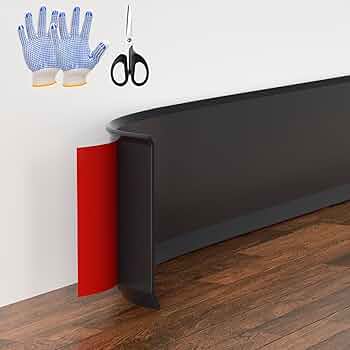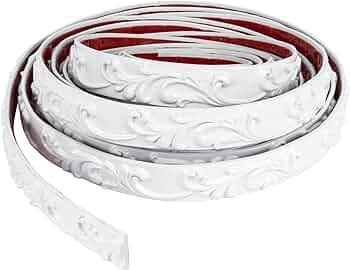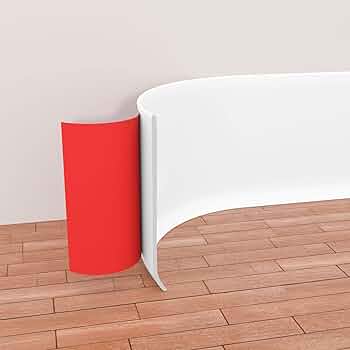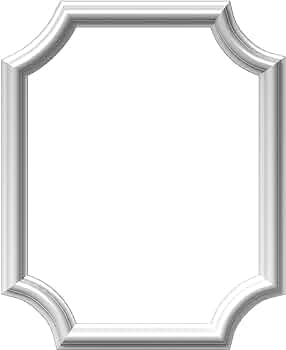Ultimate Buying Guide for Wall Molding & Trim
Overview
Wall molding and trim are essential elements in interior design, adding elegance and character to any space. This buying guide will help you navigate the world of wall molding and trim, providing insights into different types, key considerations, features, pricing, expert tips, and frequently asked questions.
Types
1. Crown Molding: Enhance the transition between walls and ceilings, available in various designs and sizes.
2. Baseboard Molding: Conceal the joint between the wall and the floor, protecting the wall from damage.
3. Chair Rail Molding: Add a decorative touch while protecting walls from chair backs and furniture.
4. Decorative Molding: Create intricate designs and patterns to add visual interest to walls.
5. Corner Molding: Perfect for creating seamless transitions around corners and edges.
6. Panel Molding: Add depth and dimension to walls with raised or recessed panel designs.
7. Picture Rail Molding: Display artwork or photographs without damaging the walls.
Key Considerations
1. Room Style and Architecture: Choose molding that complements the overall style and architecture of your space.
2. Molding Material: Consider options like wood, MDF, PVC, or polyurethane based on durability, maintenance, and budget.
3. Molding Size: Measure the height and width of your walls to determine the appropriate size of molding.
4. Installation Difficulty: Evaluate your DIY skills or hire a professional for the installation process.
5. Finishes and Colors: Select finishes and colors that align with your interior design scheme.
Features
1. Profile Designs: Explore various profiles, such as traditional, contemporary, or custom designs.
2. Durability: Consider the material's resistance to moisture, impact, and wear and tear.
3. Easy Maintenance: Opt for molding that is easy to clean and maintain over time.
4. Customizability: Some molding types offer options for customization, allowing you to create unique designs.
Prices
Molding prices can vary based on factors such as material, size, and complexity of design. On average, expect to spend between $1 to $15 per linear foot. Higher-end materials or custom designs may cost more.
Tips
1. Measure Twice: Accurate measurements are crucial for a seamless installation.
2. Consider Proportions: Choose molding sizes that are proportional to the room's dimensions.
3. Sample Before Buying: Request samples or view physical samples to ensure the molding matches your expectations.
4. Use Adhesive: Consider using adhesive in addition to nails for a more secure installation.
5. Paint and Finish: Apply paint or stain before installing the molding to save time and effort.
FAQs
Q: How do I determine the right size of molding for my room?
Q: Can I install molding on my own, or should I hire a professional?
Q: What are the advantages of using PVC or polyurethane molding?
Q: How do I maintain and clean wall molding?
Q: Can I paint or stain the molding to match my interior design?
A: By following this comprehensive buying guide, you'll be well-equipped to make an informed decision when selecting wall molding and trim for your space. Create a stunning and sophisticated look that adds value and style to your home.














